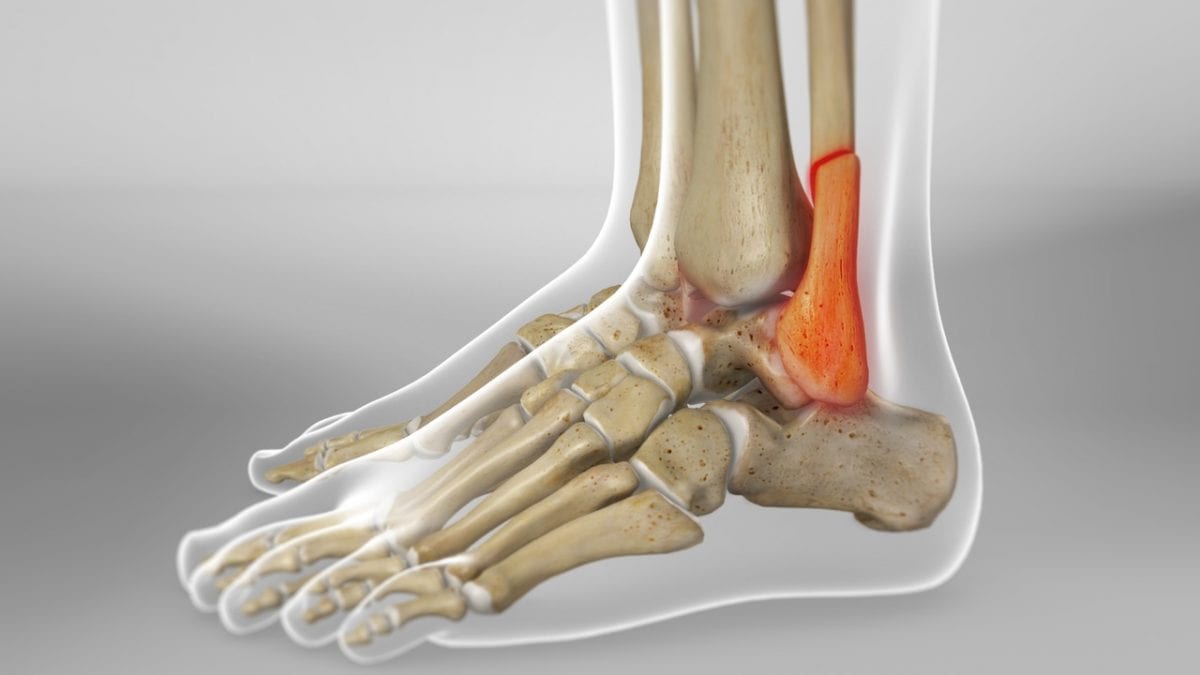A fracture can heal on its own. However, the fracture may not heal normally. That’s why a medical intervention may be necessary. For example, an ankle fracture is very common. They happen about 300,000 times per year. The severity of the fracture determines the length of the healing process.
The Ankle Fracture
An ankle fracture can be a tiny hole in a bone. On the other hand, the fracture can result in a bone sticking out of the ankle. Patients with a displaced ankle fracture require surgery. It takes a couple of weeks for the incision to heal. Afterward, a cast must be worn for six to eight weeks. If there’s no surgery, a cast is worn for six to eight weeks and a walking boot for a few more weeks. Most patients require the assistance of experts over at Therapia. Physical Therapy is needed after weeks of being off your feet.
The Healing Process
One can speed up the healing process by following the doctor’s orders. It’s recommended that patients use a knee scooter. Scooters are more reliable than crutches. Indeed, people often put a foot down unknowingly when using crutches. Putting just the smallest amount of weight on the foot can delay healing. Patients should keep the ankle elevated when they’re stationary.
Living In a Cast
It’s a difficult challenge wearing a boot and being non-weight bearing. Individuals are exhausted because the body’s energy is directed at healing. In addition, it’s more tiring learning to bear weight again. Weight-bearing is actually done in progressions. Patients put a small amount of weight on the foot initially. They spend an hour a day working on this task. Further, they switch to a new weight every two days. This is a very trying time. It’s not uncommon to get blisters from the frequent use of crutches.
Tools That Make Life Easier
An ice pad with a strap comes in handy. You can strap it around the ankle to ease swelling. Bathing can be a problem but is a cinch with a shower chair when the cast must stay dry. Keep grooming essentials in the shower so a lot of tasks can be completed during the shower. For instance, keep the toothbrush and shampoo in the shower. Handle all the grooming while you’re sitting down. Purchase pants with wide legs so the boot can come off without undressing. Finally, you’ll need a bed desk for working at home. The desk can serve as a food tray if you’re too tired to get up.
Physical Therapy
Physical therapy enables a patient to regain full range of motion after a fracture. Further, patients need instruction on how to walk with a cane or walker. Massage and stretching are necessary so other leg muscles don’t get weak. An ankle fracture assessment includes:
- gait
- range of motion
- strength
- swelling
- pain
- scar evaluation (if necessary)
Former surgery patients need help with scar tissue prevention. The therapist massages the incision area so scar tissue doesn’t hinder the patient’s progress. Expect to spend about six weeks in therapy.
Recovering from an ankle fracture is difficult. Keeping your medical appointments and staying healthy is important. Eating a balanced diet with lots of protein helps the fracture to heal. Lots of sleep also speeds healing. Wear the supportive brace so there’s no extra stress on the ankle during your recovery.









